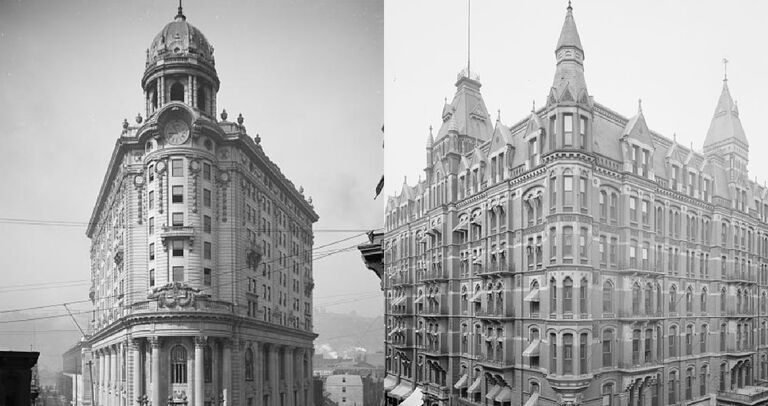Photos Of Crazily Beautiful Buildings Before They Were Lost To History Forever
It's downright shocking to see all the stunningly beautiful buildings lost to the wrecker’s ball – or other disasters – over the years. Stately hotels, stunning railroad stations, and magnificent mansions – all razed to the ground, and most people don't ever even realize the history they lost. Thankfully, we’ve rifled through the archives and uncovered 40 of the most majestic buildings that regrettably, have disappeared from the face of the Earth.
40. Saltair Pavilion – Saltair, U.S.
This photograph shows the elegant domes, spires and piers of the lavish Saltair Pavilion. Opened in the resort town of Saltair, Utah, in 1893 the pavilion overlooks the Great Salt Lake, famous for the extraordinary buoyancy it gives to swimmers. Catastrophe hit the Saltair Pavilion in 1925 when a fire started in the Ali Baba Cave. The flames largely destroyed the structure.
39. Paleis voor Volksvlijt – Amsterdam, The Netherlands
This imposing structure is the Paleis voor Volksvlijt which was completed in 1864 – this image is from about 25 years later. Its Dutch name translates as “Palace of Industry” and it was indeed built as an exhibition hall. Said to have been influenced by the 1851 Crystal Palace in London, England, it too was lost to an inferno, meeting its fiery fate in 1929.
38. Wabash Terminal – Pittsburgh, U.S.
This ornately decorated Beaux-Arts building stood in Pittsburgh, Pennsylvania, in the golden days of railroad travel. Dreamed up by Theodore Link, it was the terminus of the Wabash-Pittsburgh line when it opened in 1904. Sadly, it burnt down in the spring of 1946 when it was engulfed by two major fires inside of a month.
37. House and shops – Hamburg, Germany
Rather battered but undeniably quaint, this ancient building was said to be the oldest house in Hamburg when this photo was taken in 1898. Dating back to 1524, the building also housed shops in its ground floor. Signs to the front include one reading “Haarschneide-Salon”, German for hairdresser. Despite local opposition the building was pulled down in 1910.

